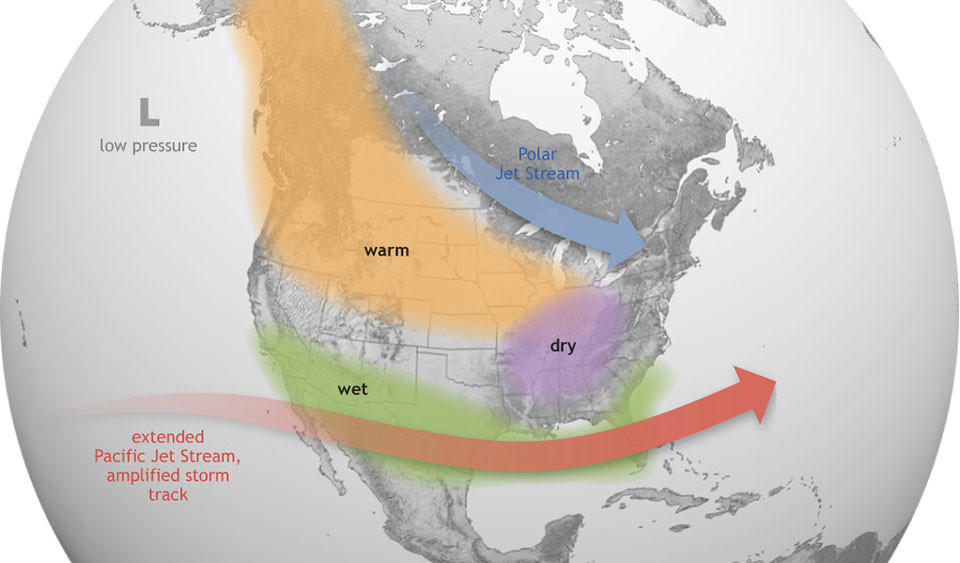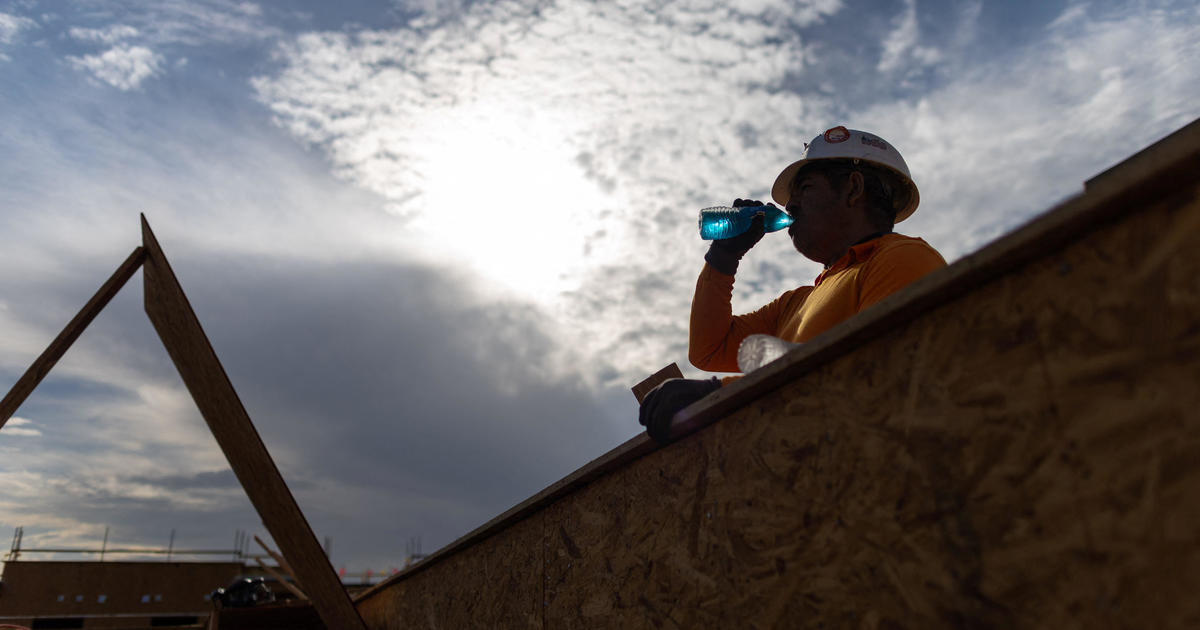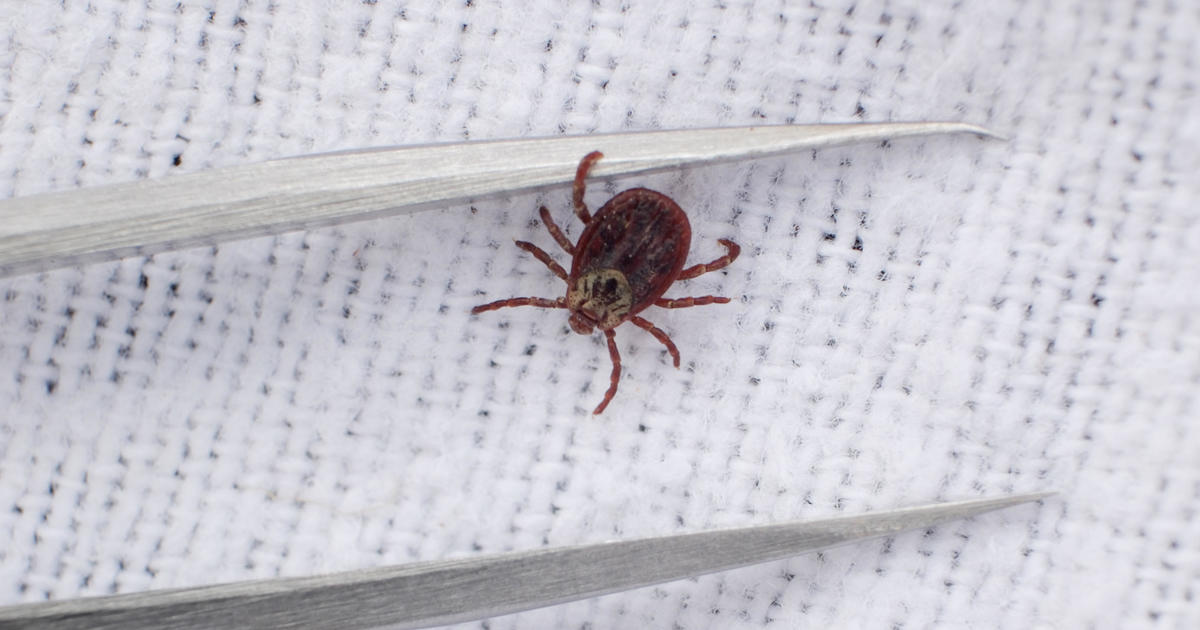El Niño watch issued by NOAA's Climate Prediction Center
El Niño, a recurring climate pattern that periodically disrupts entire ecosystems of marine life and can influence weather events in the United States and across the globe, will "likely develop" again this summer, the National Oceanic and Atmospheric Administration (NOAA) announced on Thursday.
The agency's climate prediction center had earlier issued an El Niño Watch as part of its latest weather outlook assessment for April 2023, which forecasted the upcoming shift in ENSO, the acronym scientists use to describe an alternating system of contrasting climate phenomena called the El Niño-Southern Oscillation cycle. This kind of advisory is issued when weather conditions favor the development of El Niño within the next six months, according to NOAA.
Weather conditions are currently considered neutral, as they have been since a particularly lengthy term of La Niña — El Niño's converse, which is often associated with worsening drought and more severe hurricanes — ended at the beginning of March. At the time, climate scientists said there was an estimated 60% chance that El Niño would emerge by the fall season.
Their estimate has changed slightly since then, with officials at the climate prediction center suggesting in their latest outlook that there is now about a 62% chance El Niño will develop sometime between May and July. Weighing various environmental factors seen over the last month, like above-average sea surface temperatures and generally low-level winds on average across the Pacific Ocean, scientists suggested a climate transition, from neutral into El Niño, will begin to occur in June through August and last into winter.
ENSO is defined by sea surface temperatures and precipitation levels across the equatorial Pacific Ocean that depart from the neutral norm, and those departures can swing in either direction depending on whether El Niño or La Niña is active.
El Niño is considered the cycle's "warm phase," according to NOAA, when ocean temperatures in the central and eastern Pacific Ocean rise and there is more precipitation.
In the U.S., this phase of the climate cycle can significantly affect weather, and is known to bring wetter conditions to areas along the Gulf Coast and in the Southeast, causing increased and sometimes disastrous flooding. Northern parts of the U.S. as well as Canada typically see warmer and dryer weather than usual during El Niño.
The warmer phase of ENSO can also have serious consequences for marine life off the Pacific coast, since the shift in ocean temperatures results in fewer phytoplankton in that area, NOAA said. This consequence has a domino effect on creatures up the food chain that rely on what is otherwise nutrient-rich water to survive. Warmer Pacific temperatures can also bring different species of fish, like yellowtail and albacore tuna, to places where the water is usually too cold.




